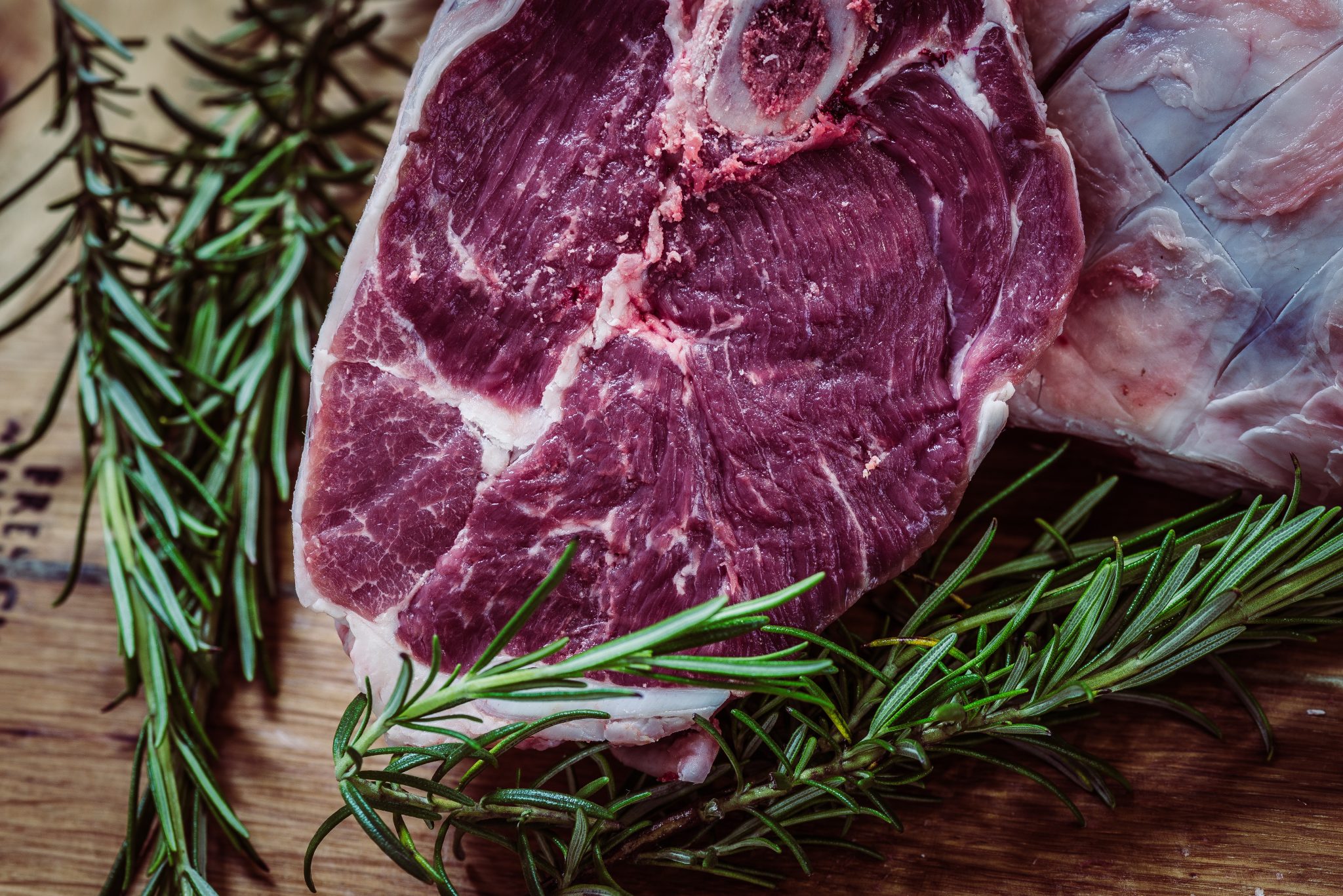
How Much Meat Should We Eat Each Week To Stay Healthy?
Meat, since the dawn of man, has been an essential and vital part to our diets and existence. Meat is readily available, especially since humans are at the top of the food chain, and it is a strong source of protein, iron and a plethora of B vitamins like thiamine, riboflavin and niacin. We need all of these vitamins and nutrients to survive. In today’s society, there is a wide variety of diets to avoid eating meat, or only certain types of meat, but it’s still crucial to ingest all of the nutrients listed above. While you may find protein, iron and B vitamins in other types of food, you’ll always find the most plentiful amount in meat. There are many different types of meat to get your source of the vitamins and nutrients, too. Besides red meat, chicken (or other poultry), fish and pork are all available to meat consumers, as well.
But what is the correct amount or combination of these meats needed to stay healthy? It is entirely possible to ingest too much protein, which is just as unhealthy as not eating enough protein. The healthy amount of meat to eat each week depends on your size, gender and physical stature. It also depends on factors such as if you’re sick or pregnant. While it’s very difficult to eat too much protein, it’s still important to be aware of and monitor how much meat you eat in a week.
Red meat is readily available and one of the most popular types of meat; but, surprisingly, red meat is one of the more trickier types of meat to consume moderately. Although red meat is the type of meat man has been consuming for the majority of our history (think deer, cattle and bison), our demand for increased supply has caused red meat to become more unhealthy for us. Farming and breeding have evolved red meat animals into fatty and cholesterol-inducing foods, even though they are still a great source for our vitamins and nutrients. A good rule of thumb is a healthy serving of red meat per day is about the size of your palm. That amount is probably a lot less than what you normally consume in one sitting, right? Try to choose lean red meats and healthy cuts of beef with minimal fat. It’s also important to remember that you shouldn’t eat red meat every single day because it’s important to create variety in what types of meat you eat during the week. For pregnant woman, eating red meat a little more regularly during the week is often encouraged, since they need more iron in their digestive system for a healthy pregnancy. Always consult with your doctor before choosing to consume significantly more or less red meat.
Chicken is frequently consumed as a source of protein for people who are on diets or need to watch their health more closely because it has less fat and cholesterol than red meat. It is suggested that the average person consumes skinless chicken in a serving size of three ounces and to eat no more than six ounces per day. Again, try not to eat chicken for your source of protein every single day, and create variety in what types of meat you are eating throughout the week. Also, choose healthy cooking methods for your chicken. Instead of frying it in unhealthy oils or cooking it in butter, grill or broil your chicken, and use healthier fats, such as olive oil.
Pork has been a controversial topic for some time between dieticians and other health-advisors. Also known as “the other white meat”, pork is the middle-meat between chicken and beef on the health scale. How healthy your pork consumption is greatly depends on what cuts of pork you are eating. Certain cuts, such as bacon, are very high in saturated fat. The amount of sodium in cuts of bacon are also particularly high, which is very unhealthy. Other cuts, like pork tenderloin or sirloin, are much healthier, when consumed within the three-ounce limit. Once again, the cooking style for pork greatly impacts how healthy it is for you. Choose healthy oils for cooking, and remove any fat before eating pork.
Finally, fish is an excellent source of protein, and it has other vitamins that boost your health and fight cholesterol, which the other meats listed here do not have. Besides being high in protein and low in fat, certain fish have high amounts of omega-3 fatty acids. Omega-3 has been proven to lower blood pressure and heart disease, and the low amount of fat is a good reason those on diets turn to fish as their source of protein. Tuna, salmon and shellfish are the most recommended sources for these vitamins and nutrients. It’s suggested that the average person eats about twelve ounces of fish per week, or two six-ounce servings for a healthy diet.
It’s perfectly healthy and acceptable to eat a type of meat as a protein source at least once per day. However, because the average person is a little unhealthier than they should be, it’s suggested to designate one day a week as a meat-free day. Remember to switch up your eating routine and to create variety in what types of meat you eat throughout the week. For example: avoid meat on Monday, eat red meat on Tuesday, chicken on Wednesday and Thursday, pork on Friday, and fish on Saturday and Sunday. You can always interchange these days to keep the food you eat interesting and tasteful.
